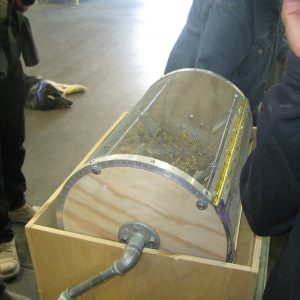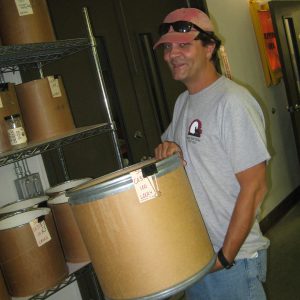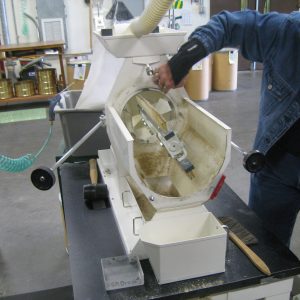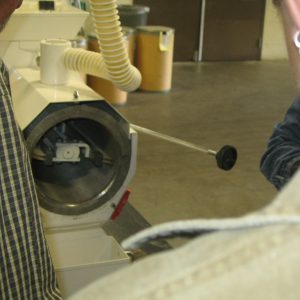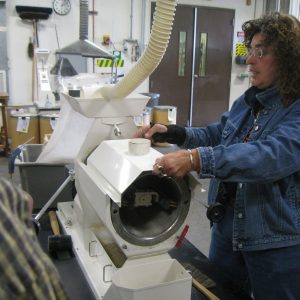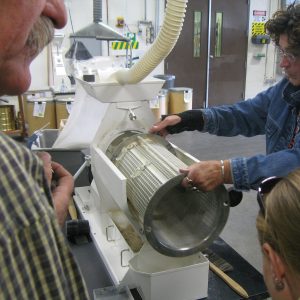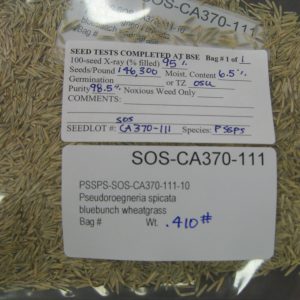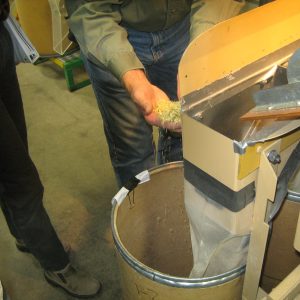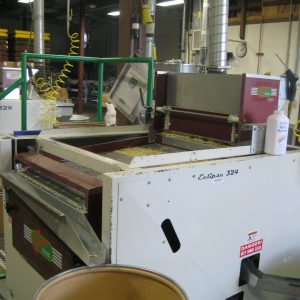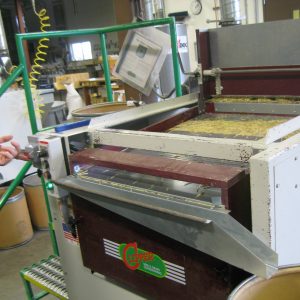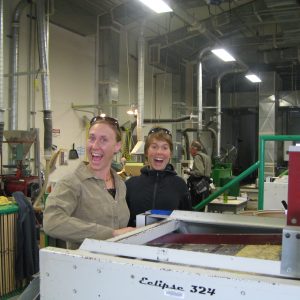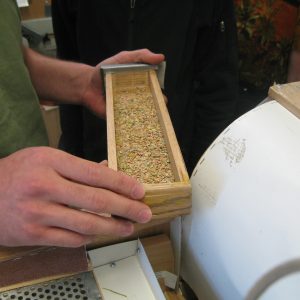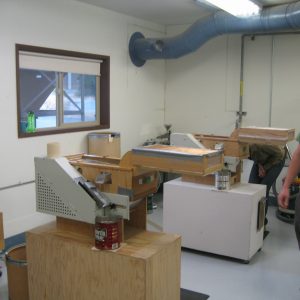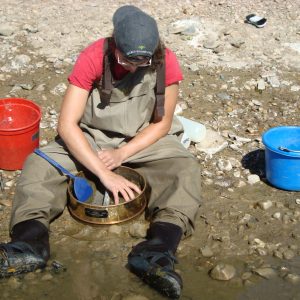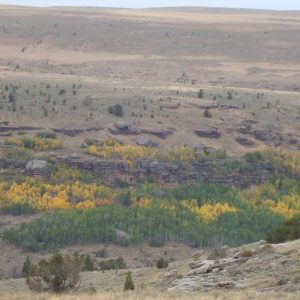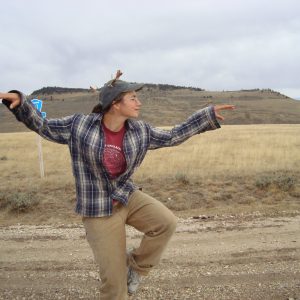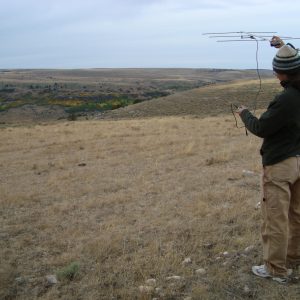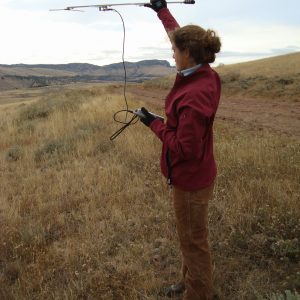It’s hard to believe that three months have flown by since the CLM training workshop at the Grand Canyon. Thanks again to Krissa and Marian for organizing such a great week! I really enjoyed myself and learned a lot.
My Geographic Information Systems (GIS) internship with the Rock Springs, Wyoming BLM field office has afforded me many opportunities to learn new skills in GIS software. Most of my time is spent inside working on various small projects for numerous employees throughout the office. One day I may be working on a map showing the spatial relationship between oil and gas wells and sage grouse core areas for the Minerals and Lands department and the next I’ll be working on creating a reference map of Herd Management Areas for the Wild Horse Specialist to use out in the field. It is nice to have such a mix of assignments.
I’ve become more experienced in digitizing geographic features, as well as in general data management. Over the course of three months, I’ve assisted in geographic data acquisition, organization, analysis and maintenance. I’ve also become more experienced in the manipulation and creation of shapefiles and have done extensive work in readying sage grouse and pygmy rabbit datasets for further analysis by our wildlife biologists.

My cubicle workspace
While office life may not parallel the glamor and excitement of field work, it has helped me improve my computer skills and hone my interpersonal skills in a professional environment. I’m especially thankful for my mentor, Doug, who has imparted his vast GIS knowledge with patience and enthusiasm throughout my time here. He describes himself as “eccentric” and brings a welcome boost of levity to the office environment with his humorous perspective and playful attitude.

Doug on a normal day

Using a Trimble GPS to ground truth features in the field
Along with indoor activity, I also manage to get outside occasionally. In addition to accompanying my mentor for some GPS ground-truthing work, I’ve also been fortunate enough to assist various field crews from the recreation, wildlife and Seeds of Success divisions here.

Folgers coffee beans? Nope, my collection of chokecherries for the Seeds of Success program.
Some memorable moments from the field include: Sitting by a pristine creek for a lunch break and enjoying the scenery and perfect weather, trying to winch a truck out of a muddy sinkhole, walking fencelines inspecting them for sage grouse “strikes” in the foothills of the Wind River Mountains, watching wild horses and bull elk from atop White Mountain (just west of Rock Springs) and seeing two red foxes dart in front of the truck on the way to check a recreation site.

A very stuck truck!

Two fellow CLM interns enjoying a beautiful day for planting trees on National Public Lands Day.
I also had the opportunity to participate in my field office’s National Public Lands Day (NPLD) event a couple of weeks ago. Myself and other CLM interns helped to direct and assist nearly 100 high school students and teachers in planting over 950 native trees along a local riparian corridor. It was a rewarding service project and an enjoyable outing with my fellow interns.

Fall hiking with my roommates
Speaking of the other interns here, we have grown close as friends and share a camaraderie that extends beyond the workday. Although you might not guess it from a glimpse of Rock Springs itself, there is no shortage of places to go and things to do here in southwest Wyoming. Weekends are always jam-packed with fun, adventurous activities. Over the course of the summer, I’ve been hiking, camping, backpacking, road biking, mountain biking, swimming, rock climbing, tubing down rivers and playing in sand dunes. It’s been great to enjoy such varied activities with a fun group of people!

Fellow CLM intern Deanna sledding down a giant sand dune

Myself on a backpacking trip in the Wind River Mountains
I look forward to my last month here as a CLM intern and eagerly anticipate the remaining adventures that await me!
Melissa Buchmann
Rock Springs, WY
Bureau of Land Management



















